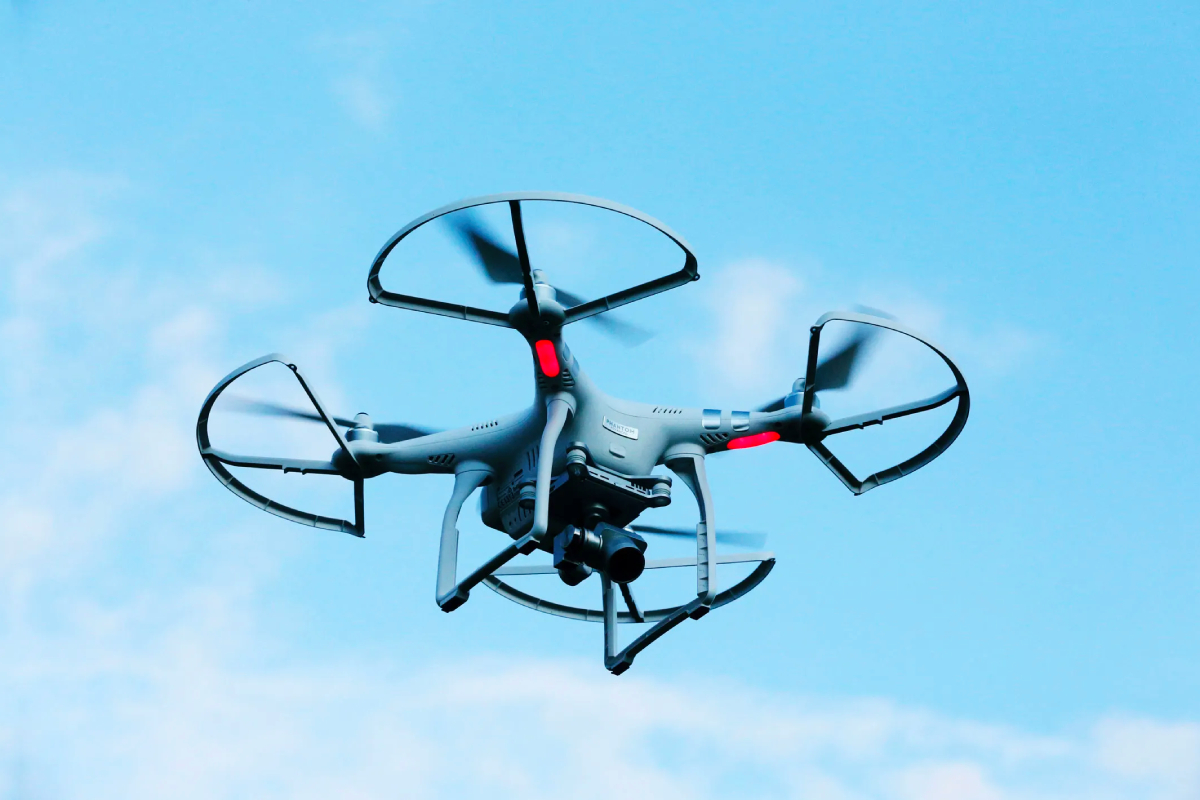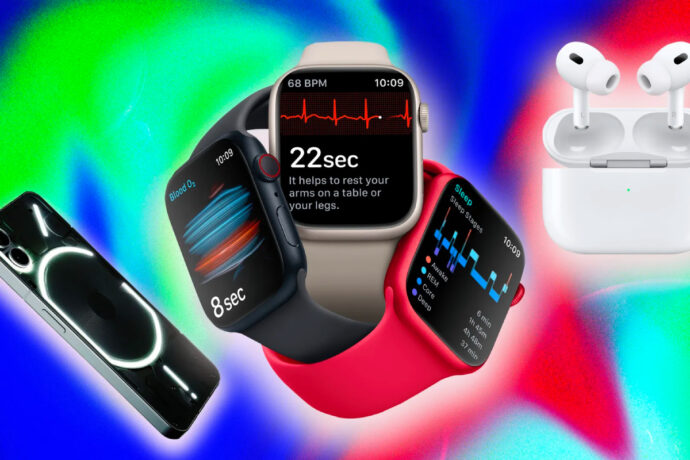
The landscape of drone technology is in constant flux, marked by relentless innovation and substantial investments that continually usher in newer and more advanced drone models. To comprehend the intricacies of drones, their functionality, and the diverse array of types available, it’s imperative to delve into the core of UAV (unmanned aerial vehicle) technology.
Understanding UAV Technology:
UAV technology serves as the foundational framework for comprehending drone functionality. Encompassing various facets such as aerodynamics, manufacturing materials, software, circuit boards, and chipsets, UAV technology is the cornerstone of drone development.
Drones are typically constructed using light composite materials, strategically chosen to enhance maneuverability by reducing weight. The strength derived from these composite materials empowers drones to operate at exceptionally high altitudes.
Enhancing Drone Capabilities:
In addition to the fundamental UAV technology, drones are equipped with specialized features to amplify their utility. Some noteworthy technologies integrated into drones include:
- Global Positioning System (GPS): Facilitates precise navigation and location tracking.
- Infrared Cameras: Enhance visibility in low-light conditions.
- Lasers: Serve various purposes, including distance measurement and target designation.
- Ground Controlling Systems: Provide operators with real-time control over the drone’s movements.
All sensors and navigational systems are typically housed in the nose of the drone, while the remainder of the drone comprises various functional systems tailored to specific drone models.
Essential Drone Components:
Examining the essential parts of a drone provides insight into its anatomy and functionalities. Key components include:
- Standard Propeller: Positioned at the front, it pulls the drone through the air.
- Pusher Propeller: Located at the back, it propels the UAV forward.
- Brushless Motors: Reliable, efficient, and power-saving motors crucial for drone propulsion.
- Motor Mount: Reinforces the frame structure and serves as landing struts.
- Landing Gear: Essential for drones requiring high ground clearance.
- Main Drone Body Part: Houses cameras, mainboards, avionics, sensors, processors, and batteries.
- Electronic Speed Controllers: Modulate motor speed, direction, and act as dynamic brakes.
- Flight Controller: Acts as a communication hub, receiving inputs from GPS, battery monitor, IMU, and other sensors.
- GPS Module: Provides precise geographical data.
- Receiver: Standard radio receiving unit for remote control.
- Antenna: Compatible with the receiver for seamless communication.
- Battery Monitor: Offers real-time updates on power levels.
- Gimbal: Functions as a camera stand.
- Gimbal Motor: Positions the camera for optimal shots.
- Sensors: Employed for scientific experiments and military applications, extending beyond standard filming purposes.
In essence, the diverse components and technologies integrated into drone systems underscore the multifaceted nature of these unmanned aerial vehicles, each tailored for specific applications and functionalities.



